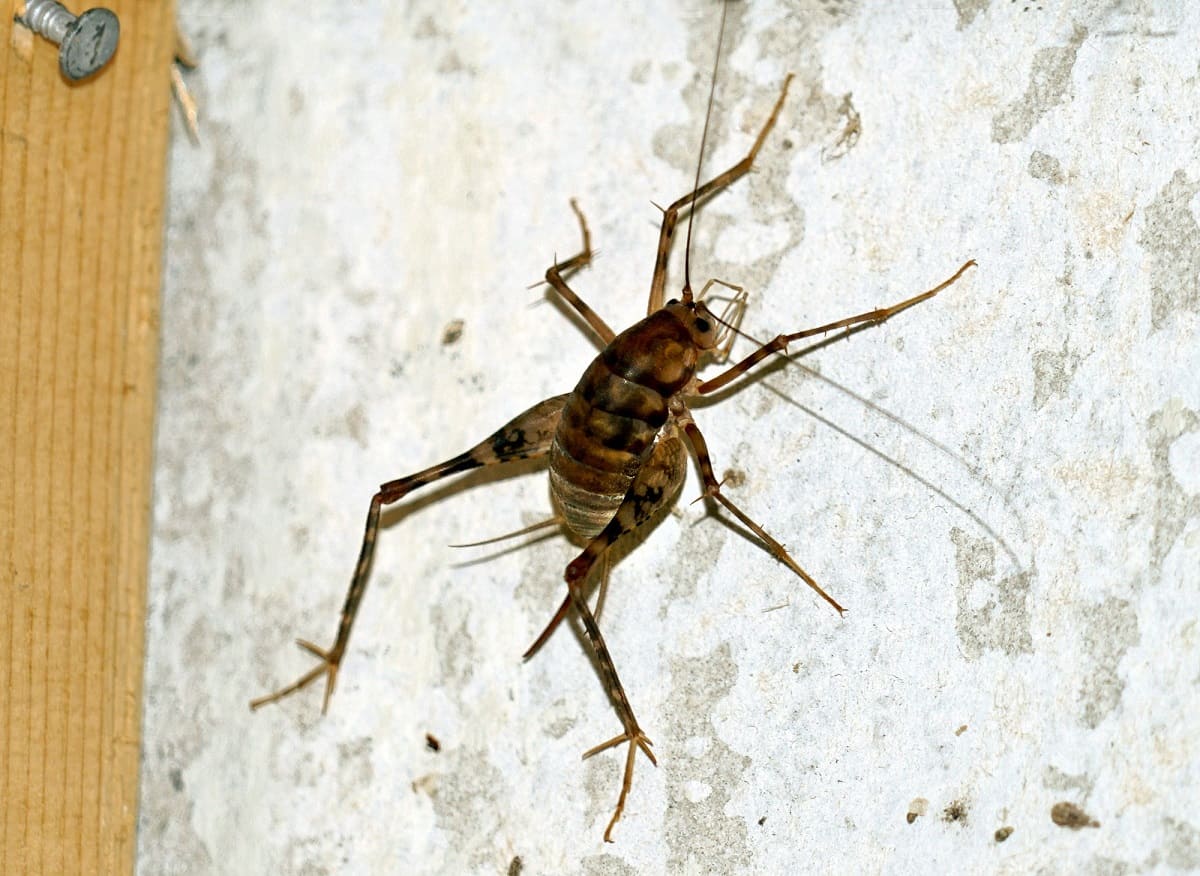

Articles
Why Do I Have Crickets In My Basement
Modified: May 6, 2024
Learn the reasons why you have crickets in your basement and how to prevent them with our helpful articles.
(Many of the links in this article redirect to a specific reviewed product. Your purchase of these products through affiliate links helps to generate commission for Storables.com, at no extra cost. Learn more)
Introduction
Are you wondering why you have crickets in your basement? You’re not alone! Many homeowners find themselves dealing with crickets in their basements, and it can be quite a nuisance. Crickets are small, agile insects known for their distinctive chirping sound. While they may seem harmless, a cricket infestation can cause various issues, including damage to property and potential health risks.
In order to effectively address the problem, it’s important to understand the behavior of crickets and what attracts them to basements. By identifying the factors that contribute to their presence, you can take necessary steps to prevent and control their infestation.
This article will provide insights into why crickets tend to infest basements and suggest measures to keep them at bay. We will also discuss the potential dangers of cricket infestations and provide tips on how to identify and address this problem in your home.
So let’s dive deeper into the world of crickets and find out why they make their way into basements and how you can effectively deal with this issue.
Key Takeaways:
- Keep your basement cricket-free by sealing entry points, addressing dampness, reducing darkness, and implementing natural remedies. Prioritize prevention and prompt action to maintain a pest-free living space.
- Understanding cricket behavior and implementing preventive measures can effectively combat infestations. Utilize natural remedies and seek professional help when necessary to ensure a cricket-free basement.
Read more: Why Do I Have Flies In My Basement
Understanding the Behavior of Crickets
Before we can address the issue of crickets in your basement, it’s important to understand their behavior. Crickets are nocturnal insects that are attracted to warm and dark environments. They are most active during the night and are known for their distinctive chirping sound, which is produced by the males to attract females.
Crickets are omnivorous creatures, feeding on a variety of plant matter, insects, and even other crickets. They are also known to be attracted to sources of moisture, as they require water for survival.
When it comes to seeking shelter, crickets are opportunistic and can squeeze through small cracks and openings. They are particularly drawn to basements due to the favorable conditions they provide. Basements, being located underground, tend to be cooler and more humid, mimicking the natural habitats of crickets.
It’s important to note that crickets are typically not harmful to humans, although they can cause damage to certain items in your basement. They are more of a nuisance than anything else, with their chirping sounds sometimes disrupting sleep or causing irritation.
Now that we have a basic understanding of cricket behavior, let’s explore the common entry points through which they can access your basement.
Common Entry Points for Crickets in Basements
When it comes to finding their way into your basement, crickets can be quite resourceful. These agile insects can crawl through small cracks and openings, making it important to identify and seal off potential entry points. Here are some common entry points for crickets in basements:
- Cracks in the foundation: Over time, the foundation of your home can develop cracks, creating easy access for crickets. Inspect your basement walls and floors for any visible cracks and seal them accordingly.
- Window and door gaps: Improperly sealed windows and doors can provide an open invitation for crickets. Check for gaps around window frames, door frames, and the area beneath doors. Consider installing weatherstripping or using caulk to seal these gaps.
- Vents and pipes: Crickets can enter through utility vents or gaps around pipes that pass through the basement walls. Ensure these areas are properly sealed to prevent entry.
- Utility connections: Any openings or gaps around utility connections, such as electrical, plumbing, or cable lines, can serve as entry points for crickets. Seal these openings with appropriate materials or consult a professional if necessary.
- Crawl spaces: If your basement has a crawl space, it’s essential to inspect it for any openings or gaps that crickets can exploit. Use wire mesh or similar materials to cover vents and access points to the crawl space.
By identifying and sealing these common entry points, you can significantly reduce the chances of crickets making their way into your basement. However, it’s also important to address any underlying factors that might be attracting them in the first place, such as dampness and warmth.
Dampness and Moisture Issues
Dampness and moisture can be a significant factor attracting crickets to your basement. Crickets are naturally drawn to moist environments as they require water to survive. If your basement has issues with dampness or moisture, it becomes an ideal habitat for crickets.
There are several common causes of dampness in basements, including poor drainage, groundwater seepage, and condensation. Here are some factors to consider:
- Poor drainage: If your basement lacks proper drainage, water can accumulate and create a damp environment. Make sure that downspouts are directed away from the foundation, and consider installing a sump pump or French drain system if necessary.
- Groundwater seepage: If there’s a high water table in your area, groundwater can seep through the foundation and into your basement. Waterproofing your basement walls and floor can help prevent this issue.
- Condensation: In humid climates or during the summer months, condensation can occur in basements, especially on cold surfaces such as pipes or concrete walls. Proper insulation and dehumidification can help reduce condensation and maintain a drier environment.
By addressing these dampness and moisture issues, you not only discourage cricket infestation but also prevent other potential problems such as mold growth and structural damage. Keeping your basement dry and well-ventilated will go a long way in deterring crickets from taking up residence in your home.
In the next section, we will explore another environmental factor that attracts crickets to basements – darkness and warmth.
Darkness and Warmth in Basements
Darkness and warmth are two key factors that make basements an attractive haven for crickets. These insects prefer environments that mimic their natural habitats, which are often cool, dark, and humid. Basements, being located underground, provide the perfect combination of darkness and warmth that crickets seek.
The lack of natural light in basements creates a suitable environment for crickets to thrive. They are sensitive to light and prefer to hide in dark, sheltered areas during the day. Basements offer plenty of hiding spots, such as behind stored items, in cracks and crevices, or in cluttered corners.
Additionally, the warmth provided by heating systems or proximity to utilities like water heaters can attract crickets. Basements generally have more stable temperatures compared to other areas of the house, making them a cozy dwelling place for these insects.
To prevent cricket infestations, it’s crucial to disrupt their preferred environment. Here are some tips to make your basement less welcoming to crickets:
- Keep your basement well-lit: Install sufficient lighting in your basement to reduce dark hiding spots. Consider using white or yellow bulbs, as crickets are less attracted to these colors.
- Declutter regularly: Remove any unnecessary clutter from your basement, as it provides hiding places for crickets. Organize stored items and keep them elevated off the floor to minimize potential cricket habitats.
- Control the temperature: Maintain a consistent temperature in your basement to discourage crickets. Avoid excessive warmth that can attract them.
- Consider ventilation: Proper ventilation helps to reduce humidity levels in your basement. Use fans, dehumidifiers, or open windows when possible to improve air circulation.
By implementing these measures, you can make your basement less appealing to crickets and reduce the chances of infestation. However, it’s important to remember that fully eliminating the factors that attract crickets may require a comprehensive approach, including addressing potential entry points and implementing control measures.
Next, we will discuss the specific environmental conditions that make basements suitable for cricket infestations.
Read more: Why Do I Have Dead Bees On My Porch
Suitable Environments for Cricket Infestation
Basements provide a variety of conditions that are favorable for cricket infestations. Understanding these environmental factors can help you identify and address potential issues in your basement. Here are some suitable environments for cricket infestation:
- Moisture and humidity: Crickets are attracted to damp and humid environments. Basements with water leaks, poor ventilation, or high humidity levels create the perfect conditions for crickets to thrive.
- Darkness and shelter: Crickets prefer dark and sheltered areas where they can hide during the day. Basements often offer numerous hiding spots such as cracks, crevices, cluttered corners, or behind stored items.
- Availability of food sources: While crickets primarily feed on plant matter and insects, they can scavenge for food in basements. If your basement has food debris, pet food, or other organic materials, it can attract crickets looking for a meal.
- Easy access: Crickets are agile insects that can squeeze through small cracks and openings. Basements with cracks in the foundation, gaps around windows and doors, or utility connections offer easy entry points for crickets.
- Stable temperature: Basements often maintain a relatively stable temperature compared to other areas of the house. The warmth provided by heating systems or proximity to utilities can be inviting to crickets seeking a comfortable environment.
By understanding these factors, you can take appropriate measures to create an unfavorable environment for cricket infestations. Regular maintenance, proper ventilation, and eliminating potential food sources can help discourage crickets from making your basement their home.
However, if you suspect that you already have a cricket infestation in your basement, it’s important to identify the signs and take necessary action. We will discuss how to identify cricket infestations in the next section.
Seal any cracks or openings in the basement to prevent crickets from entering. Keep the area clean and dry to remove potential food sources and hiding spots. Use a dehumidifier to reduce moisture levels, as crickets are attracted to damp environments.
Potential Dangers and Risks of Cricket Infestation
While crickets may seem harmless at first, a cricket infestation in your basement can pose certain dangers and risks. It’s important to be aware of these potential issues in order to address them effectively. Here are some potential dangers and risks of cricket infestations:
- Damage to property: Crickets can cause damage to various items in your basement. They have strong mandibles that they use to chew through fabric, paper, cardboard, and even certain types of plastics. Crickets may damage stored belongings or cause harm to important documents and materials.
- Disruption of sleep: The chirping sound produced by male crickets can be quite loud and intrusive, especially during the night. This constant noise can disrupt your sleep and lead to irritability and frustration.
- Allergies and asthma: Some individuals may be allergic to cricket feces or shed skins, which can trigger allergic reactions or worsen existing respiratory conditions such as asthma. Additionally, the presence of crickets may contribute to poor indoor air quality if they are breeding and producing excessive droppings.
- Spread of bacteria and disease: Crickets can carry bacteria and disease-causing organisms. While the likelihood of direct transmission to humans is low, it’s still advisable to minimize contact with crickets to reduce the risk of potential infections.
It’s crucial to address a cricket infestation promptly to prevent further damage and mitigate any potential health risks. By implementing prevention and control measures, you can ensure the well-being of your home and family.
In the next section, we will discuss how to identify cricket infestations in your basement so that you can take appropriate action.
Identifying Cricket Infestation in Basements
Identifying a cricket infestation in your basement is important to take appropriate action and prevent further damage. Here are some signs that can help you identify a cricket infestation:
- Chirping sounds: Male crickets produce a distinct chirping sound to attract females. If you hear consistent chirping noises coming from your basement, especially during the night, it may indicate a cricket infestation.
- Sightings of crickets: Spotting live crickets in your basement is an obvious sign of an infestation. Crickets are usually brown or black in color, have long antennae, and are about half an inch to an inch in length.
- Damage to items: Crickets have a tendency to chew through fabrics, papers, cardboard, and other materials. If you notice signs of damage to stored items in your basement, it could be a result of cricket activity.
- Feces or shedding: Crickets leave behind small black droppings that resemble black pepper or fine grains of sand. You may also find shed exoskeletons around your basement, indicating an active cricket population.
- Unpleasant odor: In some cases, a strong musty or foul odor may be present in areas where crickets are congregating. This odor can be a result of their droppings or a buildup of decaying organic matter.
If you notice any of these signs of cricket infestation in your basement, it’s important to take action to eliminate them and prevent further problems. In the next section, we will discuss prevention and control measures to keep your basement cricket-free.
Prevention and Control Measures for Cricket Infestation
Preventing and controlling cricket infestations in your basement is essential to maintain a pest-free environment. By implementing the following prevention and control measures, you can effectively keep crickets at bay:
- Seal entry points: Inspect your basement for cracks, gaps, and openings that may serve as entry points for crickets. Seal these openings using caulk, weatherstripping, or appropriate sealing materials to prevent their access.
- Improve ventilation: Proper ventilation helps reduce humidity levels in your basement, creating an inhospitable environment for crickets. Install fans, dehumidifiers, or open windows to improve air circulation and reduce moisture.
- Remove clutter: Declutter your basement and remove unnecessary items that can provide hiding spots for crickets. Store belongings in sealed containers off the floor to minimize potential cricket habitats.
- Maintain cleanliness: Regularly clean your basement to eliminate food debris, which can attract crickets. Vacuum or sweep thoroughly, paying attention to cracks and crevices where crumbs may accumulate.
- Keep outdoor lights away from windows: Crickets are attracted to light sources. Avoid placing outdoor lights near basement windows, as this can draw them closer to your home.
- Utilize yellow lighting: Use yellow or sodium vapor lights for outdoor areas, as crickets are less attracted to these colors compared to white or fluorescent lights.
- Natural repellents: Consider using natural repellents such as diatomaceous earth or essential oils like lavender or peppermint. Sprinkle diatomaceous earth in areas where crickets are likely to hide, or create a spray using essential oils diluted in water and apply it as a deterrent.
While these preventive measures can be effective in keeping crickets out of your basement, it’s important to note that severe infestations may require professional assistance. If the infestation persists or worsens despite your efforts, consider contacting a pest control professional who can provide targeted treatments and advice.
In the next section, we will explore natural remedies for getting rid of crickets in your basement.
Read more: Why Do I Have To Flush My Toilet Twice
Natural Remedies for Getting Rid of Crickets in Basements
If you prefer to use natural remedies to get rid of crickets in your basement, there are several options available. These remedies are safe for both humans and pets, and can effectively deter crickets from taking up residence in your home. Here are some natural remedies you can try:
- Citrus peels: Crickets are repelled by the strong scent of citrus fruits. Place citrus peels such as orange or lemon near cricket-prone areas or cracks and crevices in your basement. The scent will act as a deterrent.
- Vinegar spray: Mix equal parts of water and white vinegar in a spray bottle. Spray this solution in areas where crickets are present, focusing on their entry points and hiding spots. The smell of vinegar is unpleasant to crickets and will discourage them from staying in those areas.
- Essential oils: Certain essential oils have natural insect-repellent properties. Peppermint, lavender, eucalyptus, and tea tree oil are known to repel crickets. Dilute a few drops of these essential oils in water and spray the solution in your basement. Alternatively, soak cotton balls or pieces of cloth in the oils and place them strategically around your basement.
- Diatomaceous earth: Diatomaceous earth is a natural powder made from fossilized remains of tiny aquatic organisms. It can be sprinkled in areas where crickets are likely to hide, such as cracks and crevices. The sharp particles in diatomaceous earth will irritate the crickets’ exoskeleton, eventually leading to dehydration and death.
- Sticky traps: Place sticky traps near cricket-prone areas in your basement. These traps attract crickets and capture them on a sticky surface, preventing further infestation. Dispose of the traps once they become filled with crickets.
- Natural predators: Introduce natural predators of crickets into your basement, such as spiders or house centipedes. These predators will prey on the crickets and help maintain their population under control. However, be mindful of any potential risks or phobias associated with these predators.
It’s important to note that natural remedies may not completely eliminate a severe cricket infestation. If the problem persists or worsens, it may be necessary to seek professional help from a pest control expert who can provide targeted treatments.
In the following section, we will discuss when it’s advisable to seek professional assistance for cricket infestations in your basement.
Seeking Professional Help for Cricket Infestation
While natural remedies and preventive measures can be effective for controlling cricket infestations in basements, there are situations where seeking professional help is necessary. Here are some scenarios that may warrant the assistance of a pest control expert:
- Severe infestation: If you have a large number of crickets in your basement and previous efforts to control the infestation have been unsuccessful, it’s best to consult a professional. They have the knowledge, experience, and tools to address severe infestations effectively.
- Hidden or difficult-to-access areas: If crickets have established hiding spots in hard-to-reach areas of your basement, such as within walls or in crawl spaces, a professional can employ targeted treatments to eliminate them.
- Persistent chirping: If the chirping noise from crickets is consistently disrupting your sleep or causing significant annoyance, a professional can help identify the source of the noise and implement measures to eliminate the crickets responsible for it.
- Recurring infestations: If you’ve experienced multiple cricket infestations in your basement over time, it’s a sign that the underlying issues are not adequately addressed. A pest control expert can assess your basement, identify contributing factors, and provide long-term solutions to prevent future infestations.
- Health concerns: If you or your family members have allergies or respiratory issues that are exacerbated by cricket infestations, it’s crucial to seek professional help. They can provide targeted treatments to eliminate crickets and minimize the health risks associated with their presence.
When selecting a pest control professional, ensure they have experience in dealing with cricket infestations and employ environmentally friendly practices. They will conduct a thorough inspection of your basement, develop a customized treatment plan, and provide recommendations for ongoing prevention.
Remember, the key to effective pest control is addressing the underlying factors that attract crickets to your basement. Professional assistance can help ensure long-term success in keeping your basement cricket-free.
In summary, by implementing preventive measures, utilizing natural remedies, and seeking professional help when necessary, you can effectively combat cricket infestations and maintain a cricket-free basement.
If you follow these guidelines, you’ll be well on your way to ridding your basement of crickets and ensuring a comfortable and pest-free living space.
Conclusion
Crickets in your basement can be a frustrating and bothersome issue. Understanding the behavior of crickets and the factors that attract them to basements is crucial in effectively preventing and controlling infestations. By implementing preventive measures, you can make your basement less inviting to crickets and reduce the likelihood of an infestation.
Inspecting and sealing potential entry points, addressing dampness and moisture issues, and reducing darkness and warmth in your basement are important steps in preventing cricket infestations. Regular cleaning, decluttering, and improving ventilation can also deter crickets from making your basement their home.
If you do identify a cricket infestation, it’s important to take action promptly. Natural remedies such as citrus peels, vinegar sprays, essential oils, diatomaceous earth, sticky traps, and natural predators can be effective in deterring and eliminating crickets. However, severe infestations or persistent problems may require professional assistance from a pest control expert.
Remember to prioritize the health and safety of your family. Addressing cricket infestations not only helps prevent property damage but also minimizes potential health risks, such as allergies or asthma triggers.
By following these preventive measures, utilizing natural remedies, and seeking professional help when necessary, you can successfully eliminate cricket infestations and maintain a cricket-free basement. Create an inhospitable environment for crickets and enjoy a pest-free living space.
Thank you for taking the time to explore the causes and solutions to cricket infestations in basements. We hope that this article has provided you with valuable insights and practical strategies to address this common issue. Stay proactive, and may your basement remain free from crickets!
Now that you know why crickets love hanging out in basements, why not tackle other pesky invaders? For example, pantry moths can turn your kitchen into their new favorite spot. Our experts have crafted effective strategies on how to get rid of pantry moths, giving you peace of mind. On another note, keeping your home in top shape is vital. Learn essential home maintenance tips that save time and prevent costly repairs down the road. Both guides offer practical, easy-to-implement advice for maintaining a comfortable, pest-free home.
Frequently Asked Questions about Why Do I Have Crickets In My Basement
Was this page helpful?
At Storables.com, we guarantee accurate and reliable information. Our content, validated by Expert Board Contributors, is crafted following stringent Editorial Policies. We're committed to providing you with well-researched, expert-backed insights for all your informational needs.
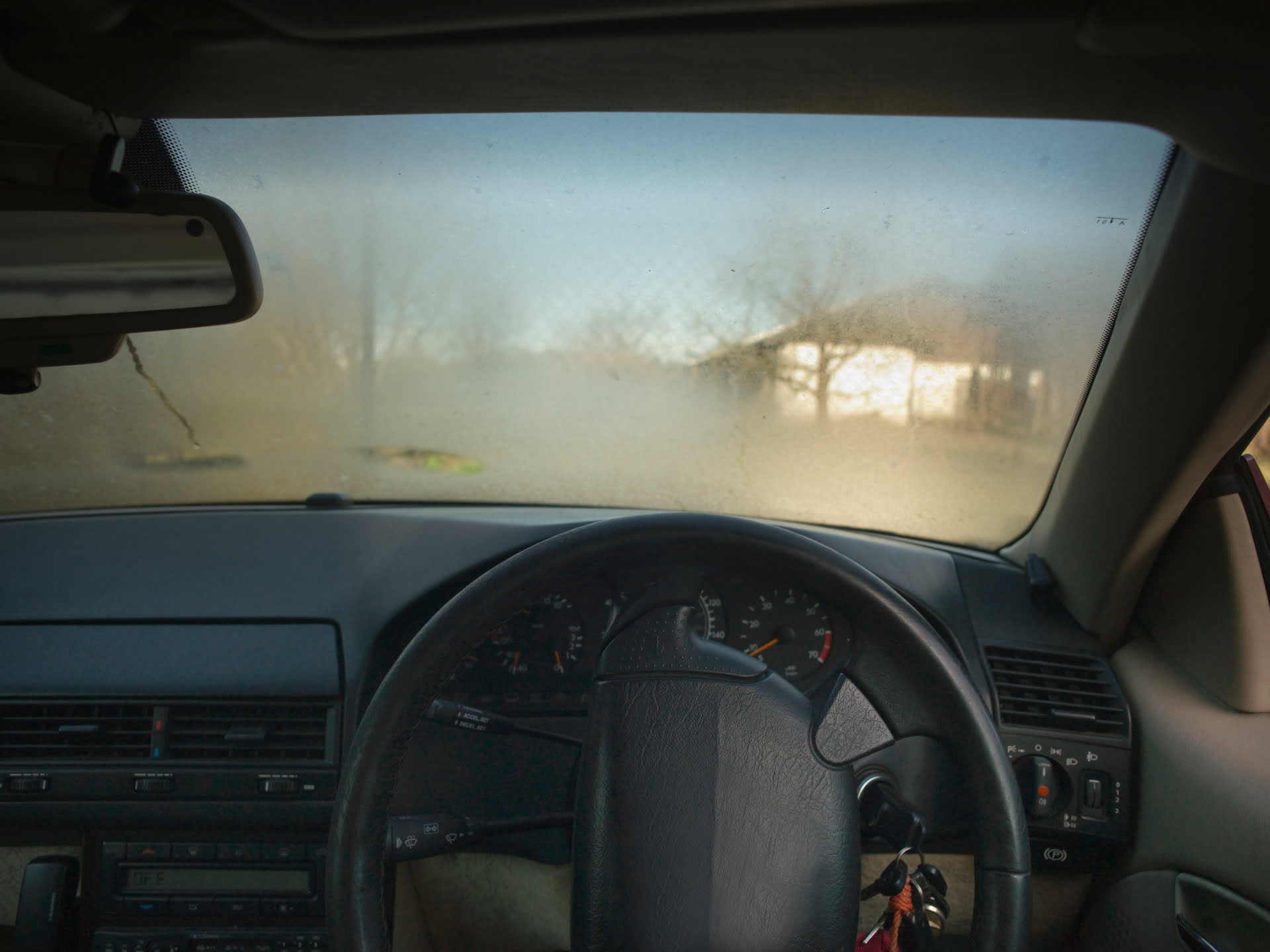
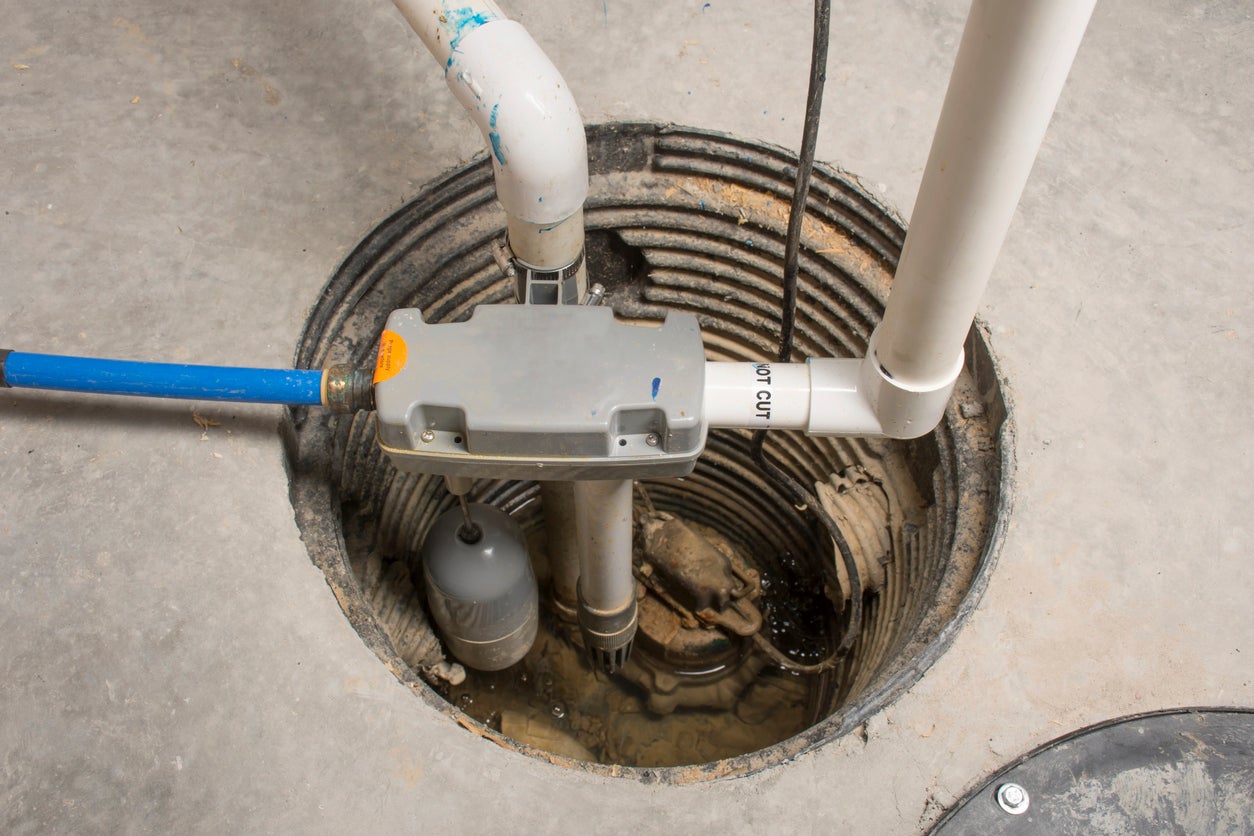
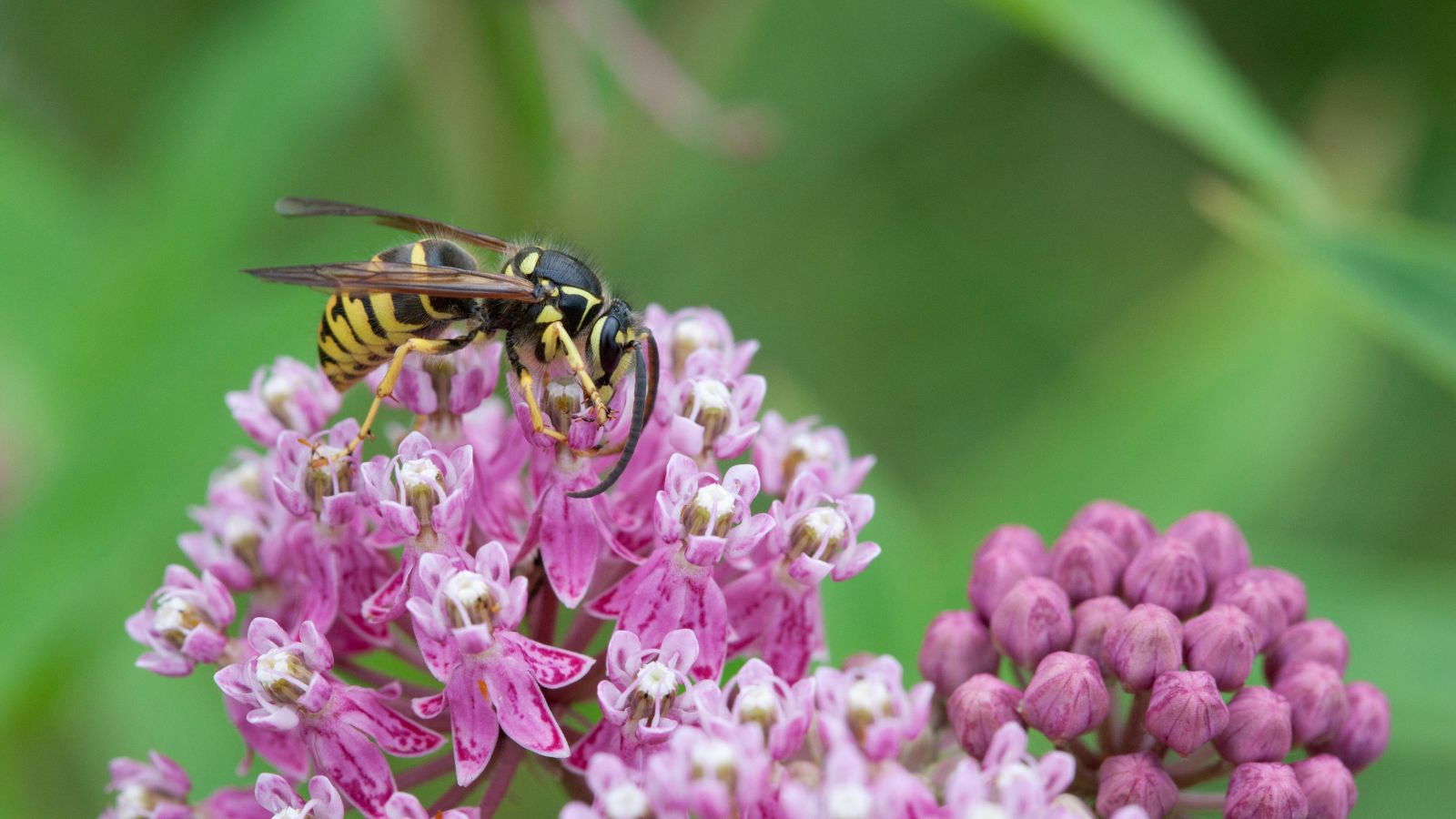
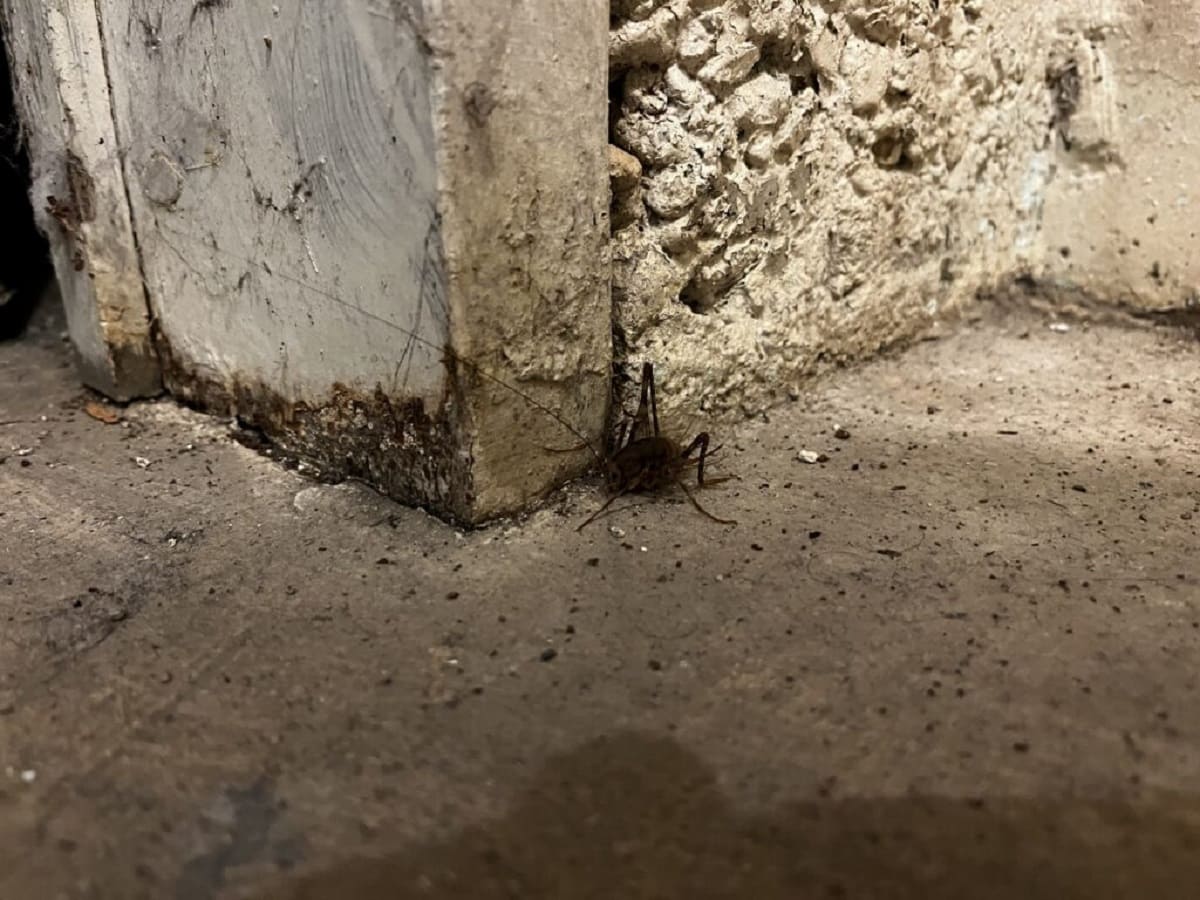

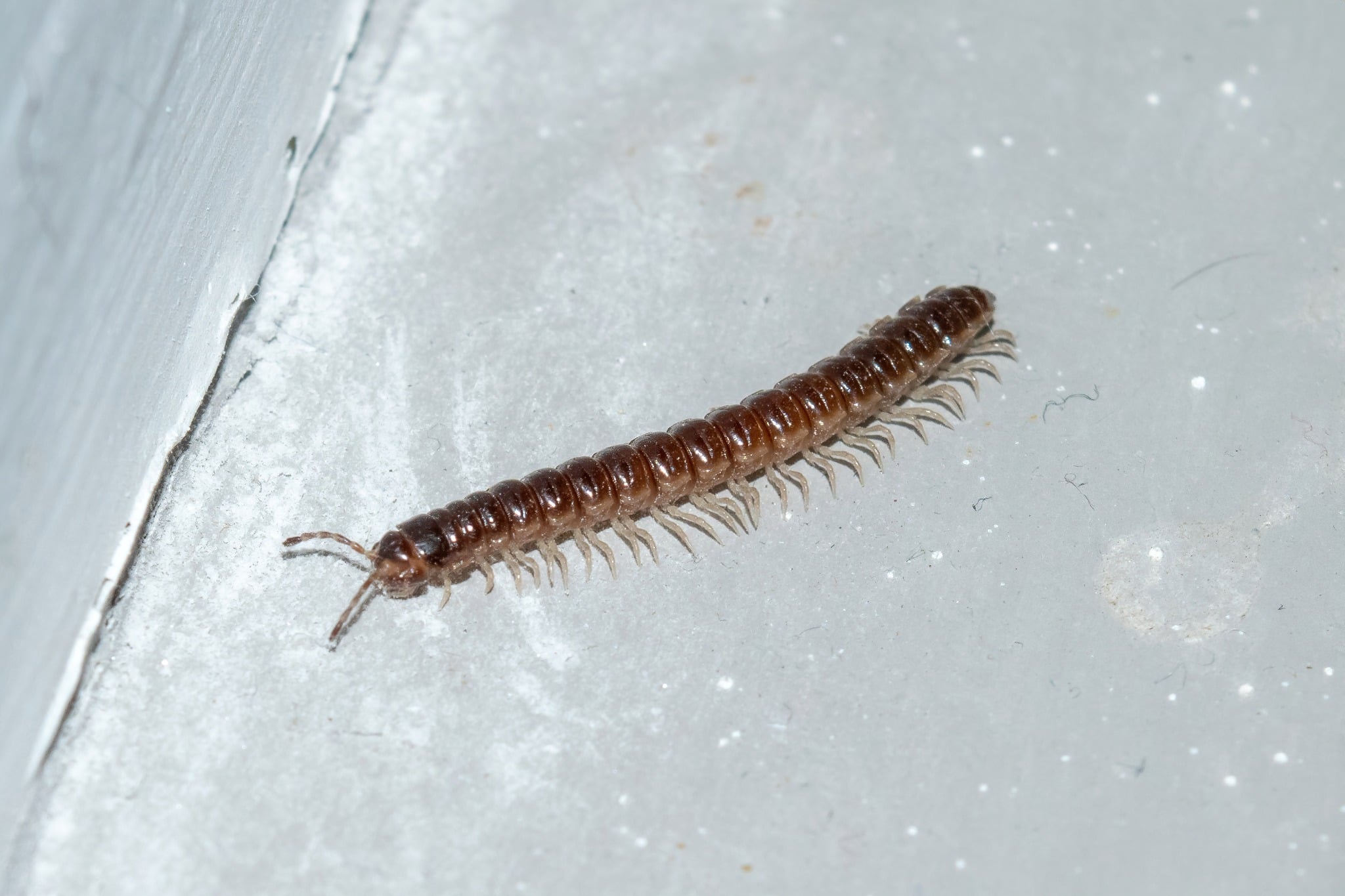
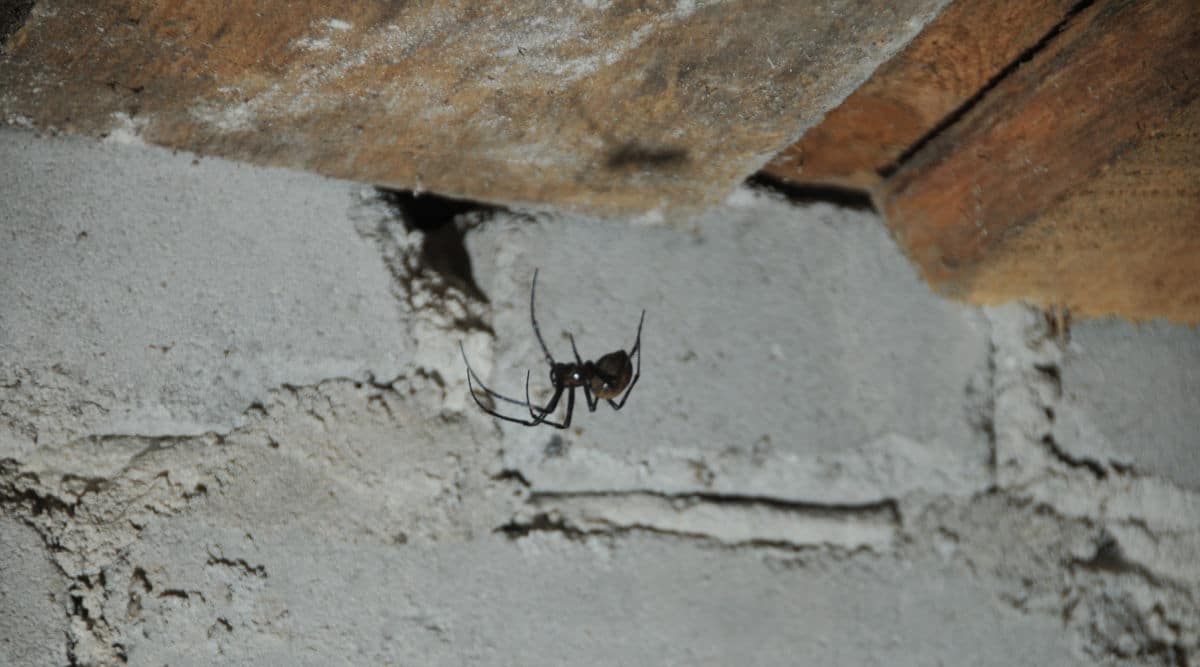

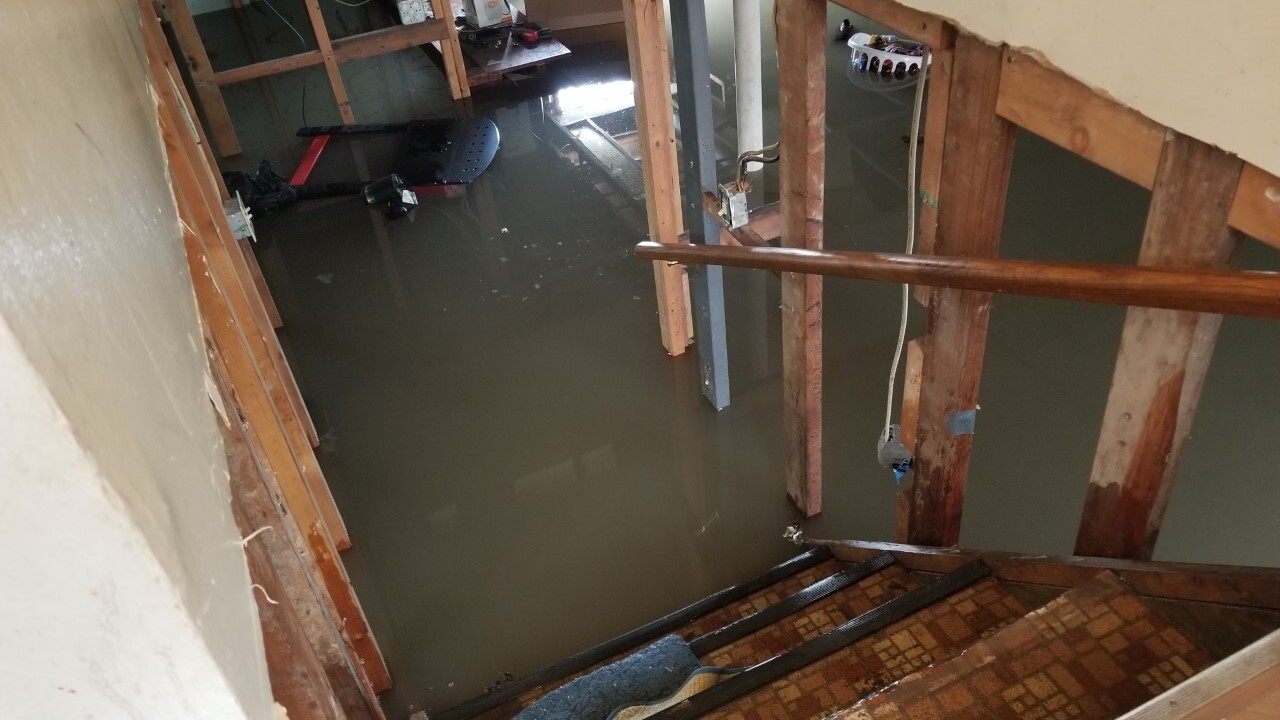

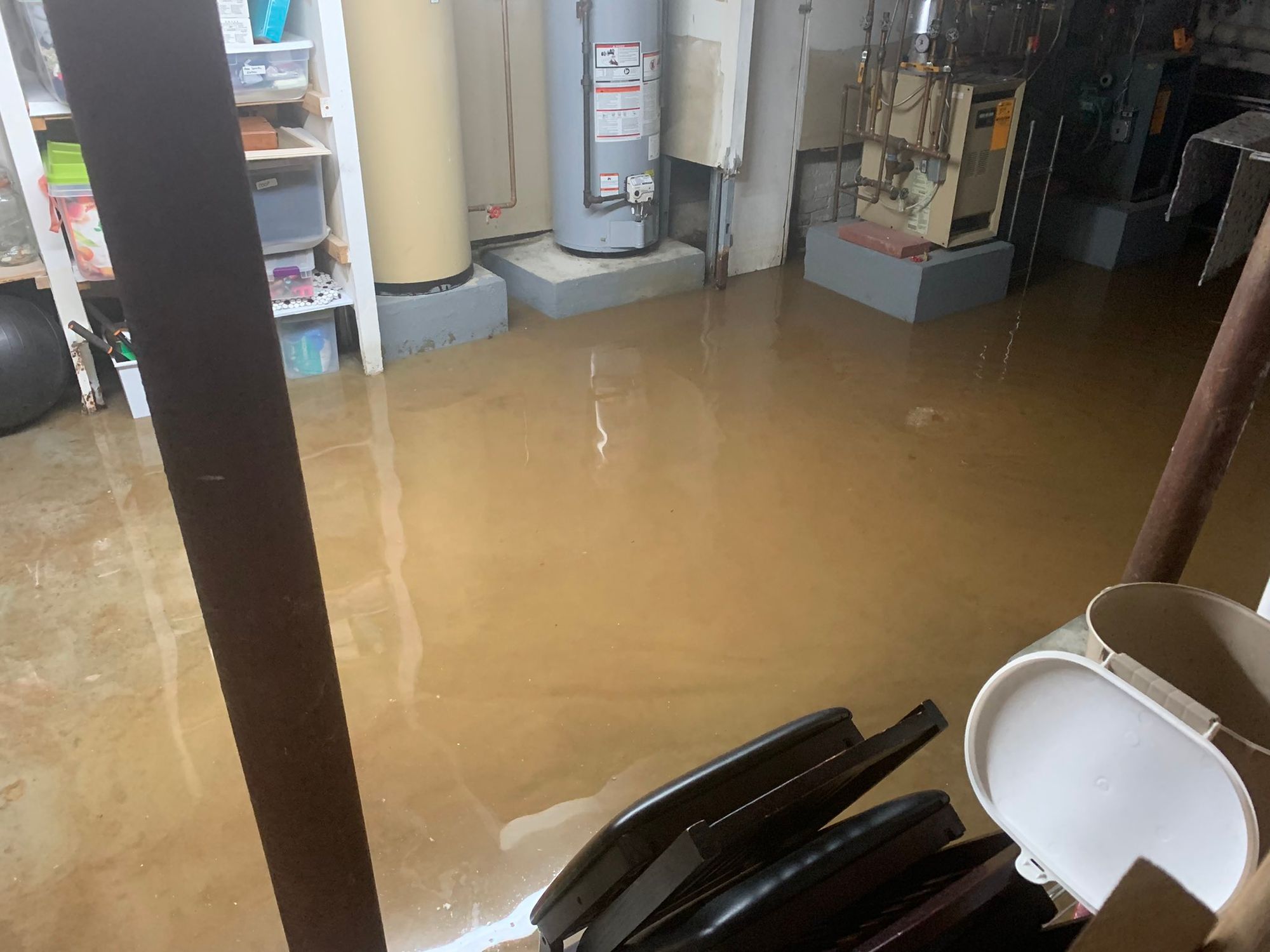



0 thoughts on “Why Do I Have Crickets In My Basement”